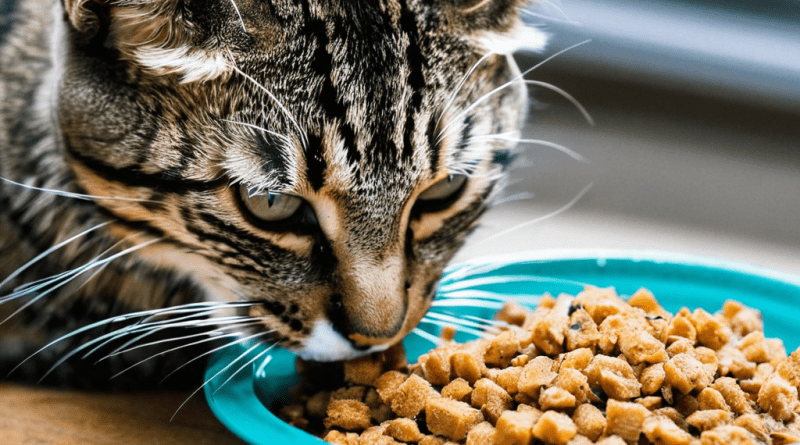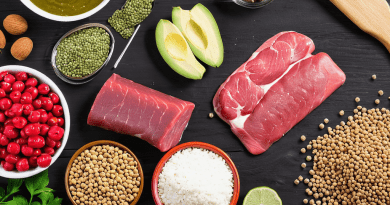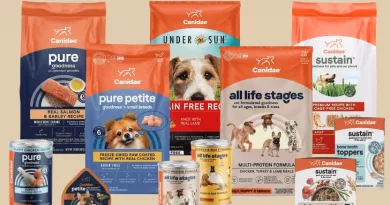Exploring the Truth About Grain-Free Cat Diets: A Closer Look at Carbs and Heart Health
When it comes to feeding cats, there's been a surge in popularity for grain-free diet options. Many cat owners have become conscientious about avoiding grains in their feline friends' meals, under the belief that it's a healthier choice. However, what's often overlooked in this shift to grain-free is the actual nutritional content of these diets—specifically, their carbohydrate levels and the type of protein they provide.
Let's get one thing straight: cats don't need grains, but they also don't need excess carbohydrates. This is because cats are obligate carnivores, evolved to thrive on a diet rich in animal protein. Grains are often considered fillers in pet food, contributing to carb levels without offering the critical nutrients cats require from their diet. While cutting out grains may seem like a step in the right direction, many grain-free alternatives are laden with high-carb ingredients like potatoes, peas, legumes, and lentils.
Manufacturers of dry cat food, in their quest to maintain the shape and consistency of kibble while avoiding grains, turn to these starchy ingredients. They serve dual purposes: to act as a binder for kibble and to falsely elevate the protein content. However, this protein is plant-based, not meat-based, which is a significant distinction for feline nutrition.
Meat-based protein is crucial for cats, providing essential amino acids like taurine. Taurine is an amino acid that cats cannot synthesize on their own and must be obtained directly from their diet. The only source of taurine is from animal tissue, highlighting the importance of meat in a cat's diet and strengthening the argument for a diet rich in animal proteins over plant-based alternatives.
Grain-free diets high in legumes and other such ingredients have been found to contain compounds known as anti-nutrients. These are naturally occurring substances that can interfere with the absorption and utilization of essential nutrients. For cats, the concern is specifically with the anti-nutrients like saponins, phytates, and lectins found in peas, legumes, lentils, and chickpeas, which can prevent the proper absorption of taurine. This impaired absorption can have detrimental effects on heart health, leading to conditions such as dilated cardiomyopathy—a disease of the heart muscle.
Upon examining several popular grain-free cat foods, it becomes clear that many contain a worrying composition of these high-carb, low animal-protein ingredients. The estimated carbohydrate content in some of these foods can be astonishingly high—upwards of 36% to 43% on a dry matter basis, compared to the natural diet of a cat which averages around 8%. This stark difference from their ancestral diet means that cats are consuming more than four times the amount of carbs they are evolutionarily adapted to, along with insufficient meat-based protein.
The ideal alternative to these grain-free, high-carb options is a raw diet. Raw diets for cats focus on providing high-quality animal protein, with moisture content akin to what they would naturally consume and without the unnecessary carbohydrates and anti-nutrients that compromise their health. For pet parents interested in transitioning to a raw diet, it's essential to become educated on the appropriate way to make the switch safely and effectively, ensuring their cat's nutritional needs are fully met.
Understanding the nutritional needs of our feline companions is crucial when considering their diet. While grain-free options may seem like the healthier choice, they often disguise a high carbohydrate content that does not align with the meat-centric diet cats naturally require. By opting for a raw, meat-based diet or carefully selecting commercial foods that are low in carbohydrates and high in animal protein, pet parents can help ensure the wellness and longevity of their four-legged family members.
For more insightful posts on this topic and to engage with a community of like-minded pet enthusiasts, be sure to follow Petsfi. Here you'll discover a treasure trove of information and advice from our team—from nutritionists and pet food industry workers to seasoned pet owners and students deeply invested in the well-being of our furry friends. Let's embrace the journey to optimal pet health together!




